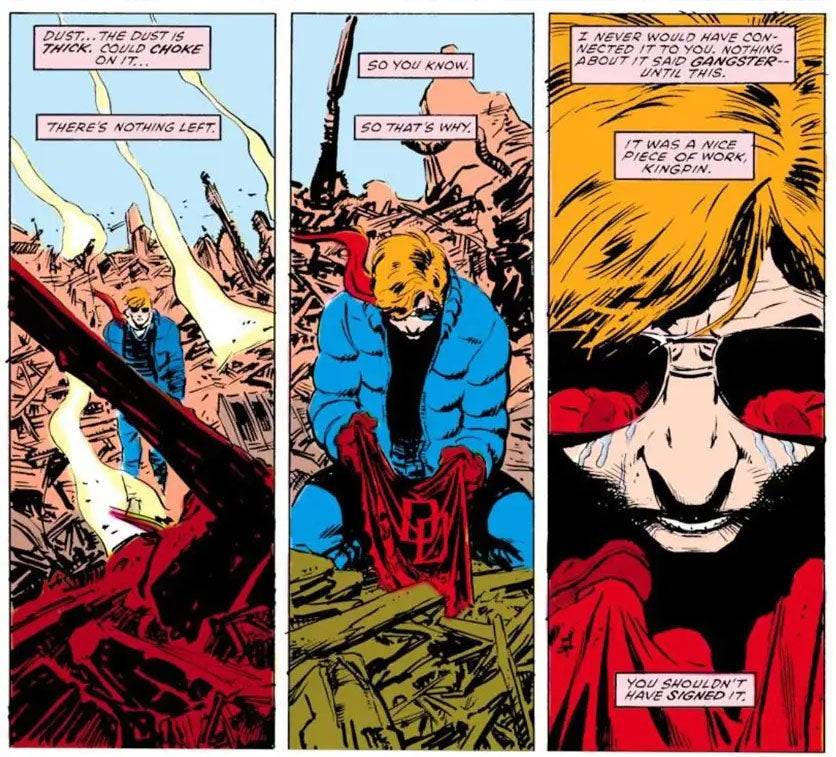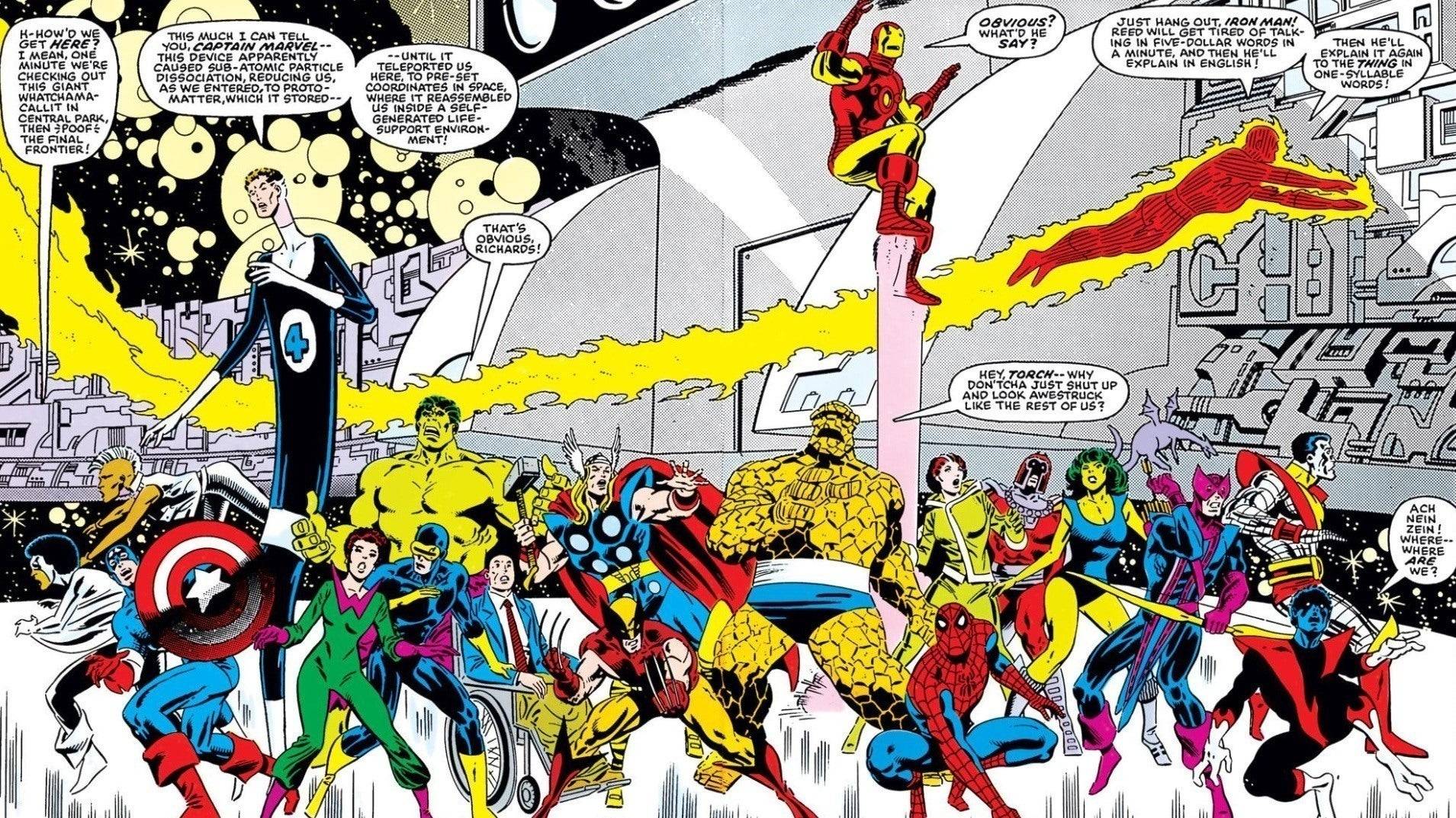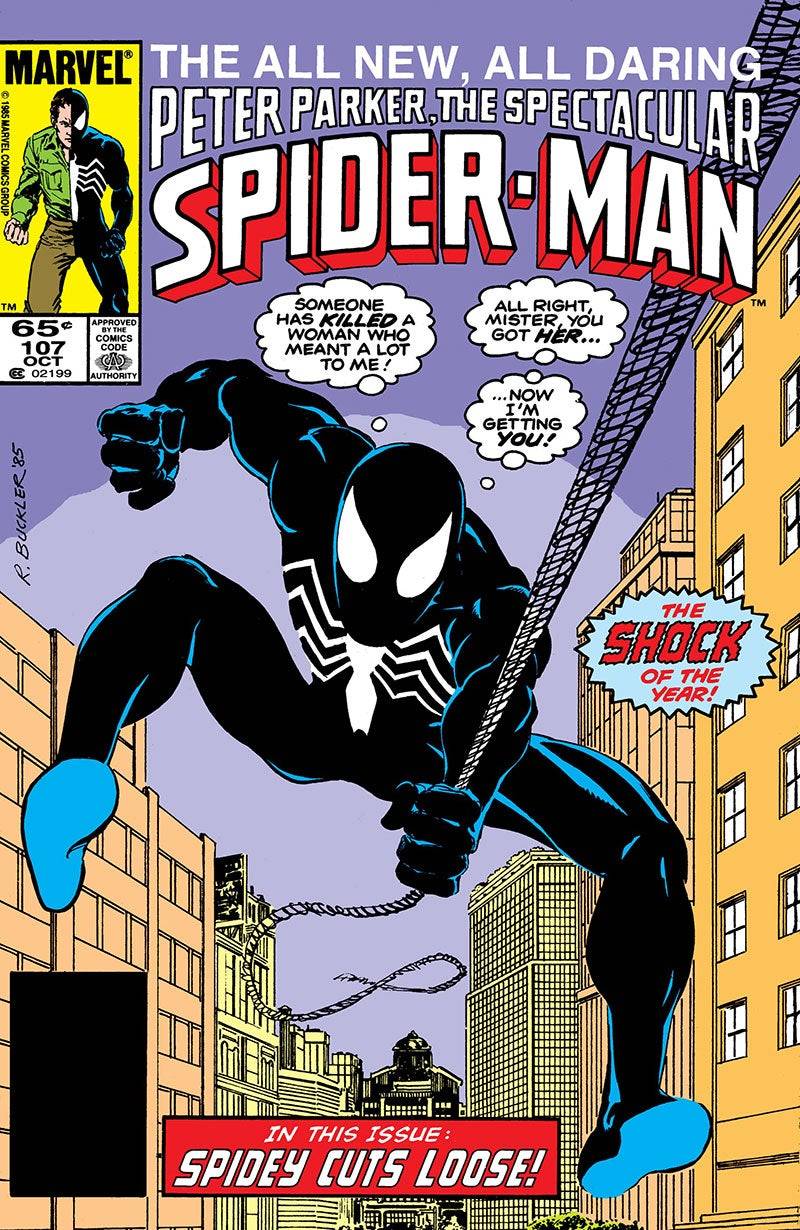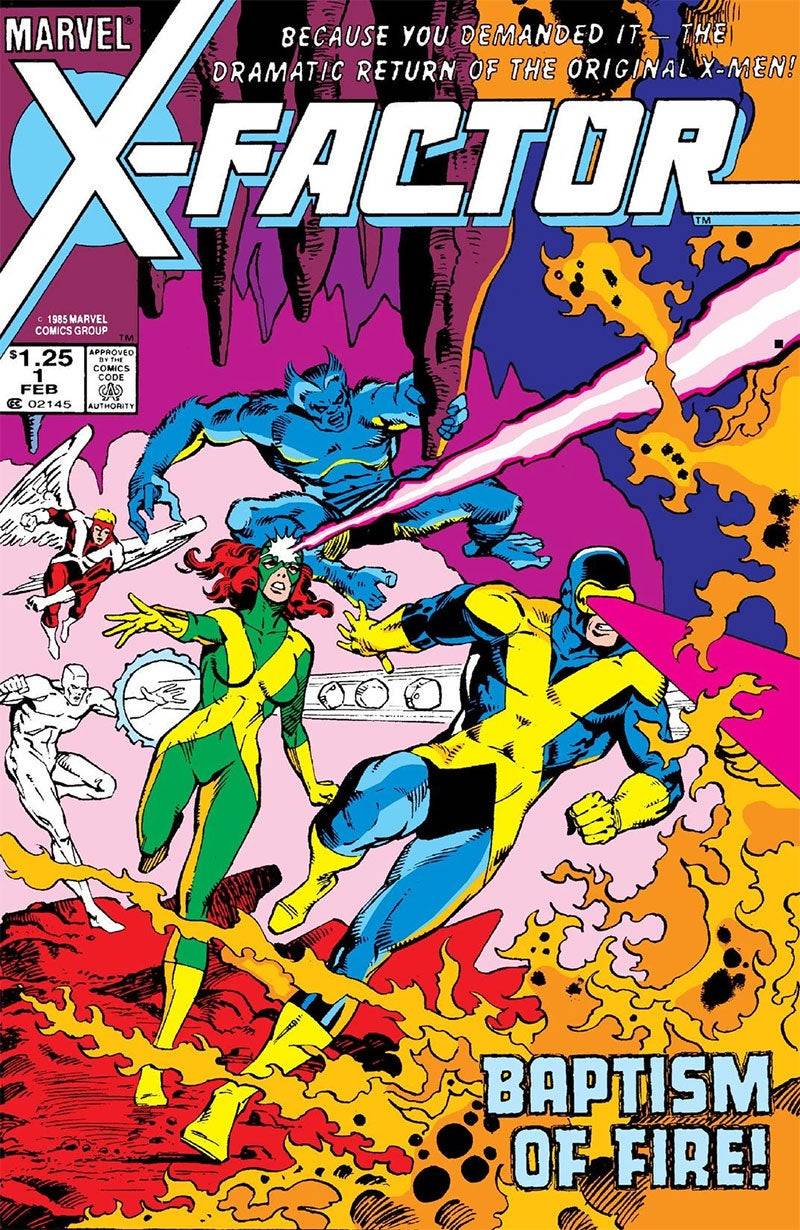The mid-1980s were a golden era for Marvel, marked by some of their all-time best runs that not only enriched their creative output but also bolstered their business. Having navigated through the financial turbulence of the late '70s—largely thanks, Star Wars—Marvel was poised to revolutionize the comic book industry with the launch of Secret Wars in 1984. This event had profound effects on both the Marvel Universe and the wider industry, steering beloved Marvel heroes and villains into new narrative paths that would resonate for years.
During this period, other landmark stories emerged, such as Frank Miller’s "Born Again" arc in Daredevil, the resurrection of Jean Grey in X-Factor, and Walt Simonson’s epic "Surtur Saga" in Thor, among others. In this installment, Part 8 of our series on Marvel's essential issues, we'll delve into these groundbreaking narratives and other significant tales from the same era. Join us as we explore how these stories shaped the Marvel Universe.
More Essential Marvel
- 1961-1963 - The Birth of a Universe
- 1964-1965 - The Sentinels Are Born and Cap Dethaws
- 1966-1969 - How Galactus Changed Marvel Forever
- 1970-1973 - The Night Gwen Stacy Died
- 1974-1976 - The Punisher Begins His War on Crime
- 1977-1979 - Star Wars Saves Marvel From Bankruptcy
- 1980-1982 - Did the Dark Phoenix Saga Usher in the Greatest Decade for Marvel?
Frank Miller's Born Again and Walt Simonson's Surtur Saga
For a showcase of acclaimed storytelling from this era, consider Frank Miller's "Born Again," his triumphant return to the Daredevil series following his groundbreaking initial run. This time, with David Mazzuchelli on art, the story unfolds in Daredevil #227-233 and is often hailed as the quintessential Daredevil narrative. It follows Karen Page, who, in a moment of desperation fueled by her addiction, sells Daredevil's secret identity for heroin. This information eventually falls into the hands of the Kingpin, who uses it to dismantle Matt Murdock's life, leaving him homeless, jobless, and isolated. Matt's subsequent journey back to becoming Daredevil, coupled with the Kingpin's descent into obsession, crafts a narrative masterpiece. This story inspired Season 3 of Netflix’s Daredevil and will also influence the upcoming Disney+ series, Daredevil: Born Again.
 Daredevil: Born Again
Daredevil: Born Again
Walt Simonson's impact on Thor cannot be overstated, starting with his writer-artist role from Thor #337 in 1983, introducing Beta Ray Bill, an alien worthy of Mjolnir. Simonson revitalized Thor, infusing the series with mythic fantasy. His crowning achievement, the "Surtur Saga" spanning Thor #340-353, pits Thor against the fire demon Surtur, who aims to bring about Ragnarok with the Twilight Sword. Surtur employs Malekith the Accursed to delay Thor, setting the stage for a climactic battle involving Thor, Loki, and Odin. Elements of this saga were later adapted into "Thor: The Dark World" and "Thor: Ragnarok."
Secret Wars Changes Comics Forever
As discussed in Part 4 of our series, the 1973 Avengers/Defenders War was a precursor to the crossover events that would become a staple of Marvel and DC. A decade later, in 1984, Secret Wars marked a turning point. This 12-issue miniseries, crafted by then Editor-in-Chief Jim Shooter and illustrated by Mike Zeck and Bob Layton, arose from a collaboration with Mattel for a toy line. The plot was straightforward: the cosmic entity, the Beyonder, transports a mix of Marvel heroes and villains to Battleworld to battle it out, determining the supremacy of good or evil. The series is known for its action-packed scenes and significant impact on the Marvel Universe, though it faced criticism for inconsistent character portrayals and narrative coherence. The success of Secret Wars led to a sequel, Secret Wars II, and alongside DC's Crisis on Infinite Earths, solidified the event model in comic publishing.
 Secret Wars #1
Secret Wars #1
Spider-Man’s Symbiote Suit and Other Iconic Spidey Stories
Following the foundational work by Stan Lee and Gerry Conway, Roger Stern took the helm of Amazing Spider-Man with #224, revitalizing the series. His notable contribution was the introduction of the Hobgoblin in Amazing #238, who quickly became one of Spider-Man's most formidable adversaries. Although Stern's original Hobgoblin storyline was cut short due to editorial conflicts, he later returned to conclude the saga in the 1997 miniseries "Spider-Man: Hobgoblin Lives."
Simultaneously, Amazing #252 introduced Spider-Man's iconic black symbiote costume, which debuted on Battleworld in Secret Wars #8. This costume sparked a storyline that introduced one of Spider-Man's most popular villains. The symbiote saga has been adapted across various media, including Sam Raimi's "Spider-Man 3" and Insomniac's "Spider-Man 2." Another significant Spider-Man story from this era, "The Death of Jean DeWolff" in Spectacular Spider-Man #107-110, penned by Peter David and Rich Buckler, introduced a darker tone as Spider-Man pursued the Sin-Eater, who had killed his ally, Jean DeWolff, leading to a clash with Daredevil.
 Spectacular Spider-Man #107
Spectacular Spider-Man #107
Jean Grey Returns, the Rise of Apocalypse, and Other Mutant Landmarks
The mid-1980s also marked significant developments for Marvel's mutants. Vision and the Scarlet Witch #4 confirmed Magneto as the father of Quicksilver and Scarlet Witch, a backstory that remained canon until a 2015 retcon. X-Men #171 saw Rogue defect from the Brotherhood of Evil Mutants to join the X-Men, becoming a fan-favorite hero. Magneto's redemption arc in X-Men #200 placed him in charge of Xavier's School for the Gifted, a storyline adapted in the second episode of "X-Men '97."
The resurrection of Jean Grey in Avengers #263 and Fantastic Four #286, explained as the Phoenix Force creating a duplicate body, led to her reunion with the original X-Men and the formation of X-Factor. This team's early issues introduced Apocalypse in X-Factor #5-6, an ancient mutant enhanced by Celestial technology, who became a central antagonist in the X-Men universe and a staple in various adaptations, including the 2016 film "X-Men: Apocalypse."
 X-Factor #1
X-Factor #1






